AIR Lab Facilities
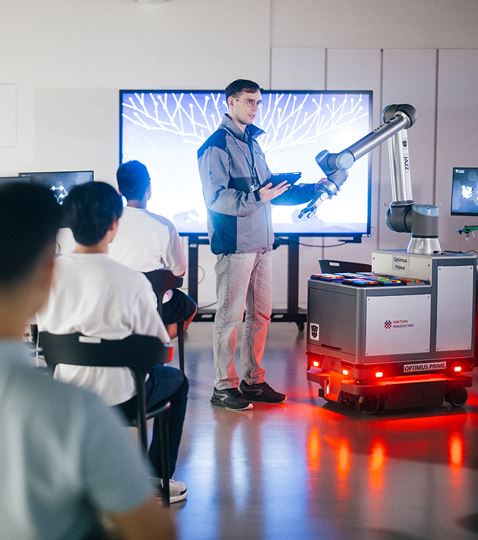
Collaborative Robots and Autonomous Mobile Robots (AMRs)
Collaborative robots, also known as cobots, are designed to work alongside human operators, providing assistance with a variety of tasks. Our facilities include UR3, UR5, UR10, and KUKA LBR iiwa cobots, all equipped with advanced technology to ensure safe and efficient collaboration with humans. These cobots are ideal for various applications, from assembly and pick-and-place tasks to research in human-robot collaboration.
AMRs, including ROS-based AMRs and standalone MIR250 robots, are perfect for testing SLAM and autonomous navigation applications. These robots are equipped with advanced sensors and software, allowing them to navigate complex environments and carry out tasks autonomously. The MIR250 robot is particularly suitable for smart delivery applications, making it an ideal tool for industry-focused research.
Collaborative robots and AMRs are changing the face of robotics technology, and the facilities at AIR Lab are at the forefront of these developments. Please come to explore the exciting possibilities of these technologies and experience first-hand the power of collaborative robots and AMRs in action.
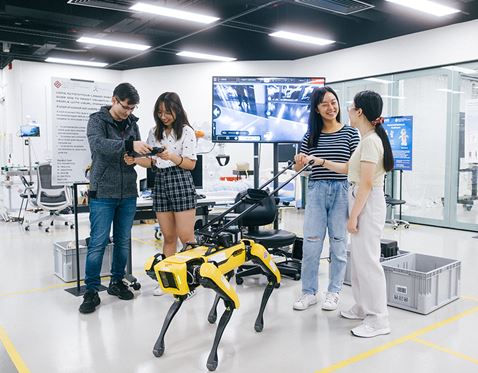
Humanoid Robots and Legged Robots
Humanoid robots are designed to resemble humans both in form and function. These robots can move and perform tasks similarly to humans. This makes them well-suited for various applications, such as healthcare, education, and entertainment. One of the key benefits of humanoid robots is their ability to navigate and interact with human environments. They can use their limbs and sensors to move around and perform tasks, and even recognise and respond to human speech and gestures. This makes them ideal for use in settings such as hospitals, where they can assist with patient care, or in schools, where they can help teach children.
Legged robots, on the other hand, are designed to move on two or more legs, much like humans or animals. These robots are often used in environments that are difficult or impossible for wheeled robots to navigate, such as rocky terrain or stairs. They are also used in industrial and contruction applications.
At the AIR Lab, researchers and students can explore new ways to use humanoid and legged robots to improve human life. Whether it's developing new algorithms for robot navigation and control or exploring new applications for these technologies, we are committed to pushing the boundaries of what is possible with robotiscs.
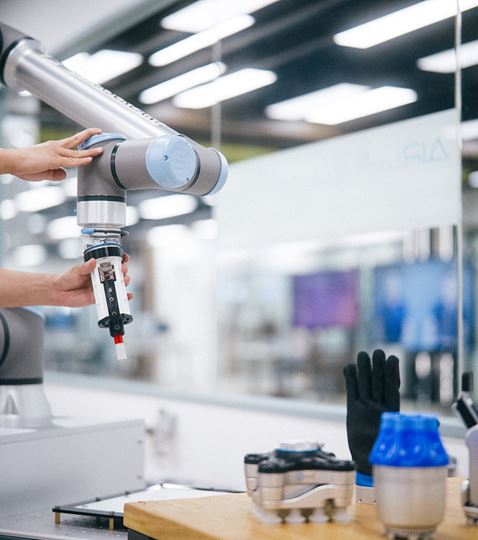
Industrial Robots
The AIR Lab has a range of industrial robots, including the SCARA robot from Staubli and an articulated robot from Mitsubishi Electric. These robots are capable of performing a wide range of tasks, including assembly, material handling, and inspection.
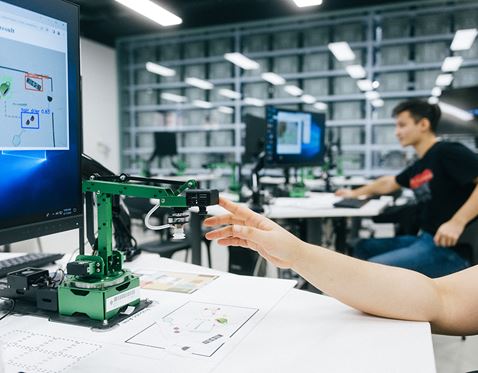
Edge AI Robots
The equipment includes the JetMax Robot Arm with AI vision, which is a highly capable robotic arm that can be programmed to perform a wide range of tasks, from picking and placing objects to assembly and inspection. The JetRacer and JetBot autonomous AI racecars are another example of our edge AI robotics technology, capable of autonomous navigation and obstacle avoidance.
The QDrone 2 autonomous air vehicle is another exciting piece of equipment in the edge AI robotics arsenal. This drone is designed for autonomous flight, and can be used for various applications, from surveying and mapping to environmental monitoring and inspection.
Users can explore the possibilities of edge AI robotics and gain the knowledge and skills they need to create their own intelligent machines. Whether you are a student, researcher, or industry professional, our edge AI robotics equipment and learning systems can help you achieve your goals.
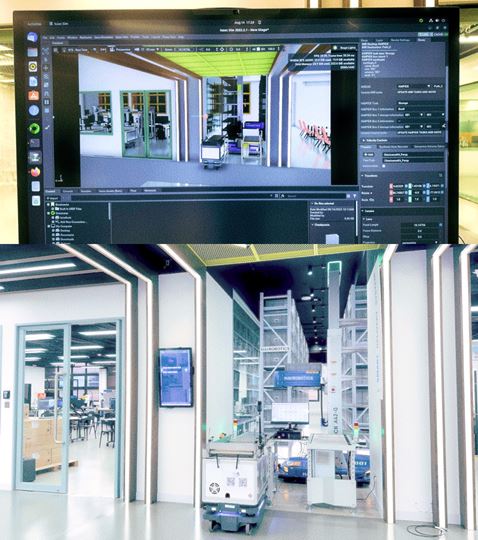
Digital Twins and Robot Simulation System
The simulation software includes popular tools like Gazebo with ROS, Robot simulator CoppeliaSim, Webot from Cyberbotics, and RoboDK. These packages provide a range of capabilities, including physics simulation, sensor modelling, and programming interfaces that allow users to develop, test, and refine their robotic systems before deploying them in the real world.
Additionally, a digital-twin robot training platform has been developed which allows students to acquire skills in operating and programming robot systems remotely, without geographic restrictions. The platform includes a computing system and networking infrastructure that supports high-performance simulations and real-time interactions between users and virtual robot systems.
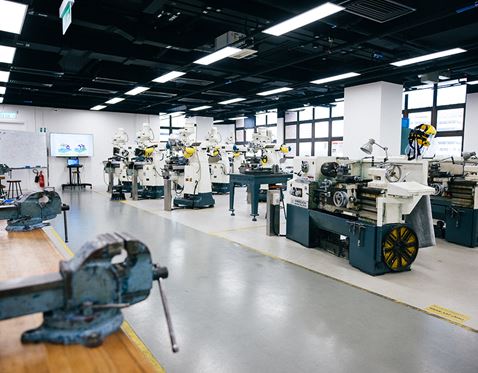
Prototype Fabrication Facilities
The AIR Lab provides our researchers and partners with the tools and resources to create custom robotic components and systems to bring their robotic ideas to life.
Prototype Fabrication facilities equips with a range of metrology equipment, manual lathes, milling, and drilling machines, as well as computer numerical control (CNC) machines. These tools allow users to create precise and intricate parts and components.
Our experienced engineers can provide guidance and support from initial design and prototyping to final assembly and testing. Whether you are just starting with robotics or are a seasoned expert, our services can assist you in realising your ideas.

